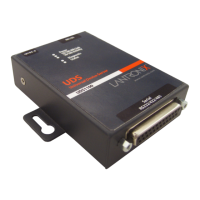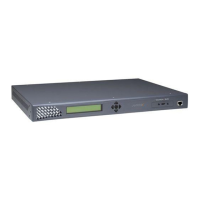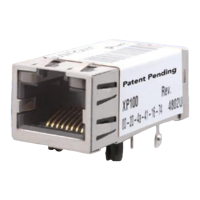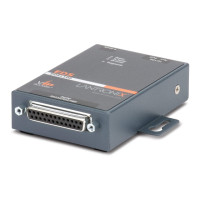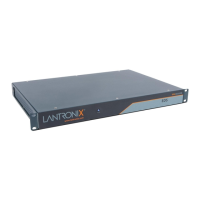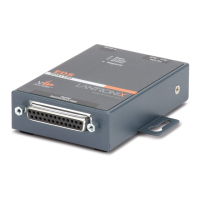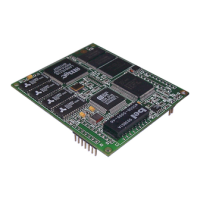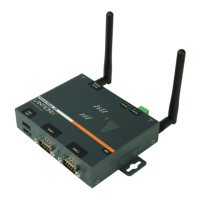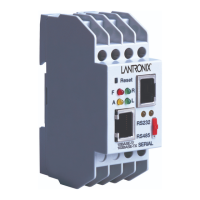2: Introduction
UDS2100 Device Server User Guide 13
Protocol Support
The UDS uses the Internet Protocol (IP) for network communications and the
Transmission Control Protocol (TCP) to assure that no data is lost or duplicated
and that everything sent to the connection arrives correctly at the target.
Supported protocols include:
ARP, UDP, TCP/, BOOTP, ICMP, Telnet, TFTP, AutoIP, DHCP, HTTP, and
SNMP for network communications.
TCP, UDP, and Telnet for connections to the serial port.
TFTP for firmware updates.
IP for addressing, routing, and data block handling over the network.
User Datagram Protocol (UDP) for typical datagram applications in which
devices interact with other devices without a point-to-point connection.
Additional Features
Modem Emulation: In modem emulation mode, the UDS can replace dial-up
modems. The unit accepts modem AT commands on the serial port and then
establishes a network connection to the end device. This arrangement leverages
network connections and bandwidth to eliminate dedicated modems and phone
lines.
Built-in Web Server: The UDS includes a built-in web server for configuring the
unit and displaying operating and troubleshooting information on the attached
links to online support.
Configuration Methods
After installation, the UDS requires configuration. For the unit to operate correctly
on a network, it must have a unique IP address on the network. There are three
basic methods for logging into the UDS and assigning IP addresses and other
configurable settings:
DeviceInstaller: Configure the IP address and other network settings on the
UDS using a Graphical User Interface (GUI) on a PC attached to a network.
(See 4: Using DeviceInstaller.)
Web Manager: Through a web browser, configure the UDS settings using the
Lantronix Web Manager. (See 5: Configuration Using Web Manager.)
Serial and Telnet Ports: Use Setup Mode, a command line interface. There are
two approaches to accessing Setup Mode: making a Telnet connection to the
network port (9999) or connecting a terminal (or a PC running a terminal
emulation program) to the unit’s serial port. See 6: Configuration via Telnet or
Serial Port (Setup Mode).
